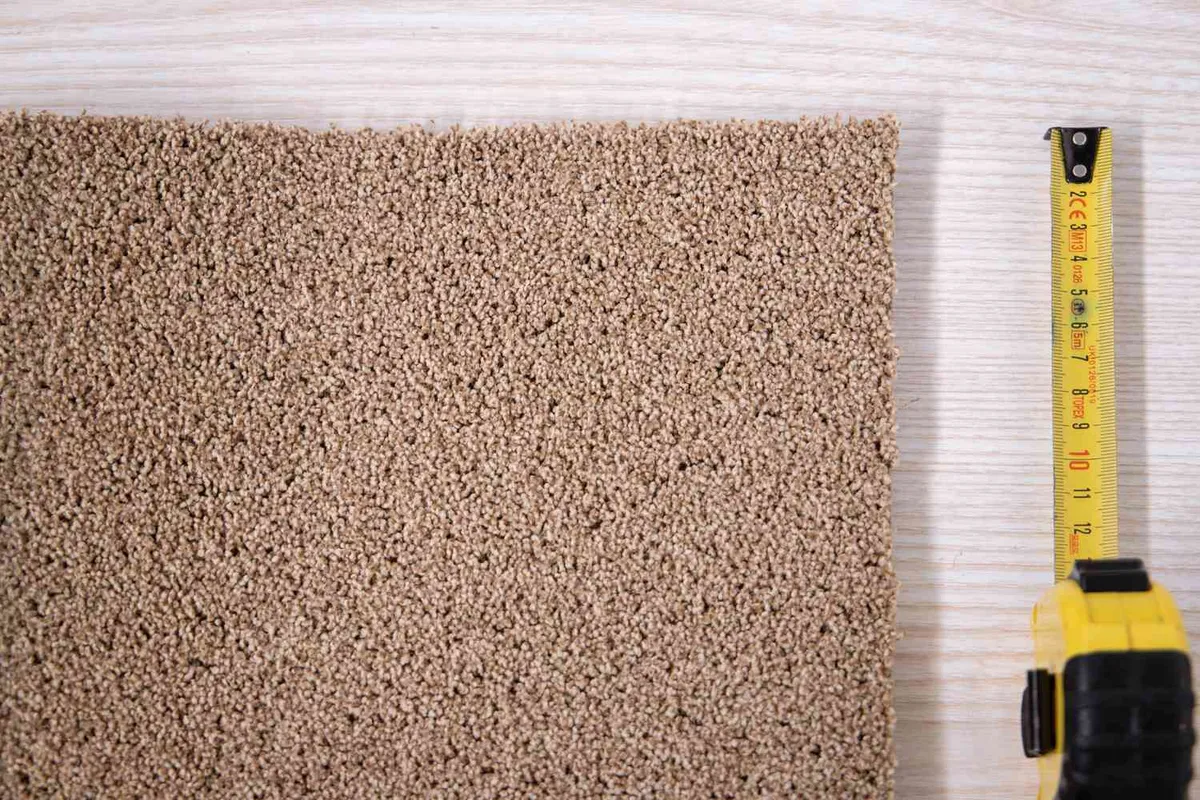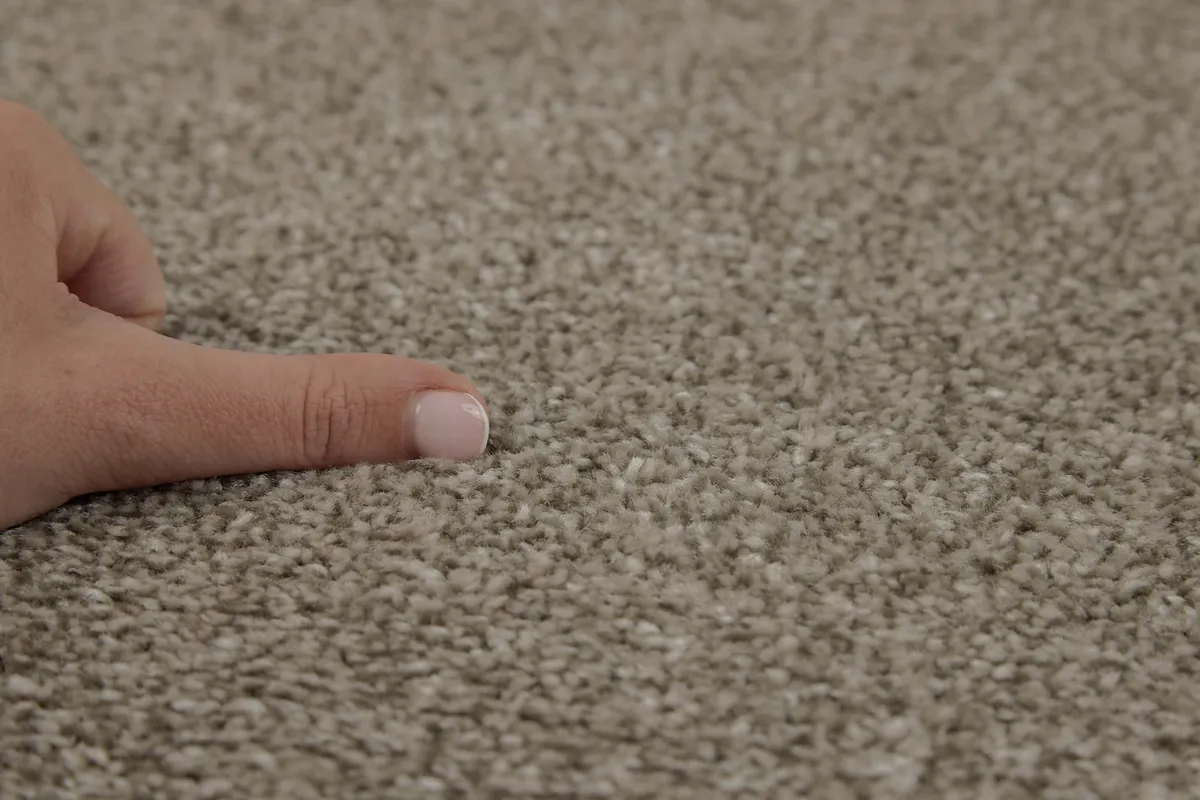is high pile carpet always the premium choice?
When I first started decorating my home, I was under the impression that the fluffier the carpet, the better. The soft texture, the luxurious look, the cozy vibe—it all screamed premium. Like many people, I assumed that a high pile carpet was a top-tier option, the ultimate sign of comfort and sophistication. But as time passed and I experienced both the pros and cons, I realized that premium doesn’t always mean longer fibers.
In fact, my perspective changed completely when I finally understood the low pile carpet definition, and how it applies to real-life living situations. Today, I'm here to share my personal journey—full of mistakes, discoveries, and lessons that might help you avoid the same missteps I made.
The First Impression: High Pile Feels Like a Dream
The first time I saw a high pile carpet in a design showroom, I fell in love instantly. It looked incredibly plush and luxurious, like walking on a cloud. So naturally, I picked a fluffy beige carpet for my living room, thinking it would be the ultimate statement piece. And it was—at first.
That soft feeling underfoot, the way it visually warmed up the space—it really did bring that elevated, cozy aesthetic I was aiming for. But within a few months, reality began to set in.

The Reality of Daily Use
About three months in, I began to notice some not-so-luxurious truths about my high pile carpet:
- It trapped an alarming amount of dust and pet hair.
- Vacuuming was a struggle. My standard vacuum just wasn’t powerful enough to get deep into the long fibers.
- It matted down quickly, especially in areas where furniture sat or people walked frequently.
- It absorbed moisture easily, and drying it out after cleaning took ages—especially during the rainy season.
Suddenly, that plush aesthetic became a high-maintenance burden. I found myself spending more time cleaning the carpet than enjoying it.
When High Pile Carpet Actually Makes Sense
To be fair, high pile carpet does have its place. If you live in a cold climate, don’t own pets, or use the space primarily for relaxing—not high traffic—it can be an excellent choice. Bedrooms, private reading nooks, or luxurious guest rooms are good candidates.
It’s soft, warm, and great for lounging. But these benefits only shine when paired with the right lifestyle. Unfortunately, in my urban apartment with a cat and a busy work-life balance, it just wasn’t practical.
=>>> Are you looking for advice when buying a carpet? Read this article for valuable suggestions.
Is High Pile Really More Premium?
This question kept coming back to me. Why did I automatically associate longer carpet fibers with better quality? I realized I had confused visual softness with functionality.
The turning point came when I discovered KATAmats, a brand I now trust deeply. Their carpet selection ranges from high pile to low pile options, all with detailed specs and clear usage guidance. That’s where I first encountered a technical explanation of the low pile carpet definition, and it changed everything for me.

Let’s Talk About the Low Pile Carpet Definition
Low pile carpet refers to styles with short, dense fibers—typically less than 0.25 inches tall. This design offers a much flatter surface compared to the fluffy look of high pile carpets.
Here’s what I learned from KATAmats and my own experience:
- Easier to clean: Dirt, dust, and pet hair sit on the surface and are easy to vacuum.
- More durable: It resists crushing under furniture and heavy foot traffic.
- Great for allergy sufferers: Fewer fibers means fewer allergens hiding in your home.
- Faster drying: Spills are less likely to soak in deeply, making clean-up quicker.
Understanding this definition gave me the clarity I needed. I had been investing in aesthetics over lifestyle compatibility. It was time to switch things up.
Making the Switch to Low Pile Carpets
After a particularly frustrating weekend of deep-cleaning my old high pile carpet (which still didn’t feel clean), I decided to try a low pile alternative. I ordered a modern, geometric-patterned rug from KATAmats, and let me tell you—it was a game changer.
Here’s what changed in my daily life:
- Vacuuming took 5 minutes instead of 20.
- My allergies decreased. No more sneezing from trapped dust.
- No more fiber flattening under my sofa or coffee table.
- It matched my modern interior style perfectly—without compromising elegance.
I realized then that high pile carpets weren’t necessarily premium—they just looked luxurious. But in terms of function, ease, and real-world practicality, low pile was the smarter investment.
=>>> Explore now the important factors to consider when choosing between low pile and high pile carpets.
Aesthetics Can Be Achieved Without the Hassle
One of the biggest myths I had to unlearn was that low pile means cheap-looking. That’s simply not true—especially not when you're shopping from a brand like KATAmats. Their designs are sophisticated, curated for modern homes, and often used in high-end interiors, hotels, and minimalist spaces.
They focus on materials like wool, polypropylene, and nylon blends, combining both durability and style. It’s easy to find options that feel soft underfoot while still being functional.

Where Low Pile Works Best
After switching, I started noticing low pile carpets everywhere: upscale offices, cozy cafes, hotel lobbies, and even in celebrity homes featured in design magazines. It makes sense because:
- They’re ideal for high-traffic areas.
- They’re perfect for families with kids and pets.
- They allow furniture to sit evenly without wobbling.
- They offer a clean, sleek aesthetic that complements both modern and traditional interiors.
From entryways to dining rooms, even in my home office—low pile is now my go-to.
Lessons Learned from Years of Trial and Error
Looking back, I wish someone had told me this earlier:
- Don’t choose a carpet based solely on how it looks in the store.
- Think about your lifestyle first—pets, kids, cleaning habits.
- Understand carpet terms (like low pile carpet definition) before buying.
- Choose brands that educate you, like KATAmats, rather than just trying to upsell you the fluffiest thing they have.
It’s easy to get caught up in trends or aesthetics. But in the long run, functionality saves you time, money, and stress.
Final Thoughts: Premium is About Smart Living, Not Just Soft Fibers
After several years of living with both types of carpet, I now see that premium isn't about thickness—it's about how well the product integrates with your life.
If I want something cozy and plush, I might still consider high pile carpet—for a quiet bedroom or a special corner. But for everyday use, in places where life happens—kids run around, pets shed, food spills—I stick with low pile every time.
Thanks to what I’ve learned (and unlearned), and brands like KATAmats that provide the right information, I now make smarter, more sustainable choices.
So if you’re on the fence, take it from someone who’s been there: check out the low pile carpet definition and explore your options. You might find that less really is more.